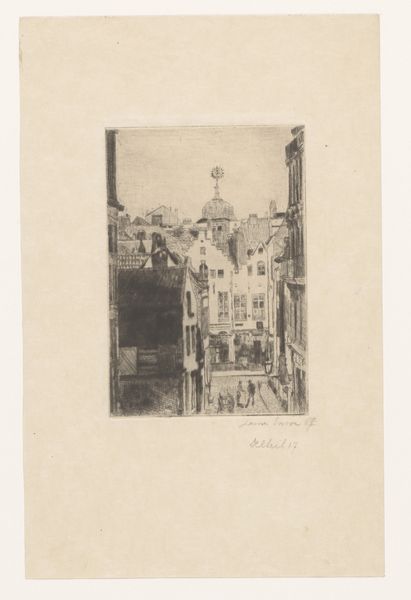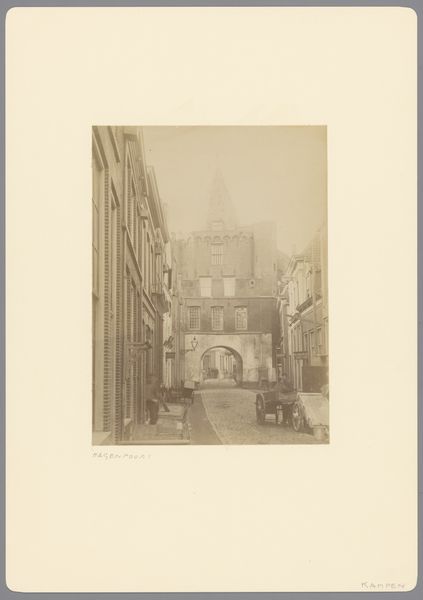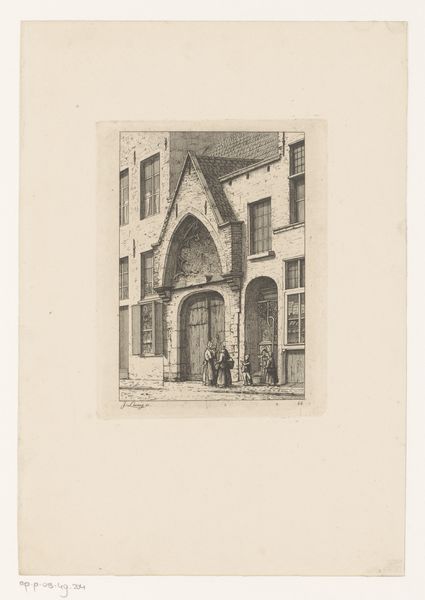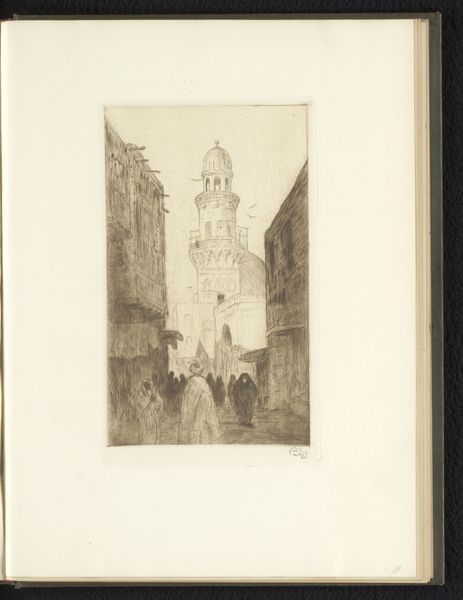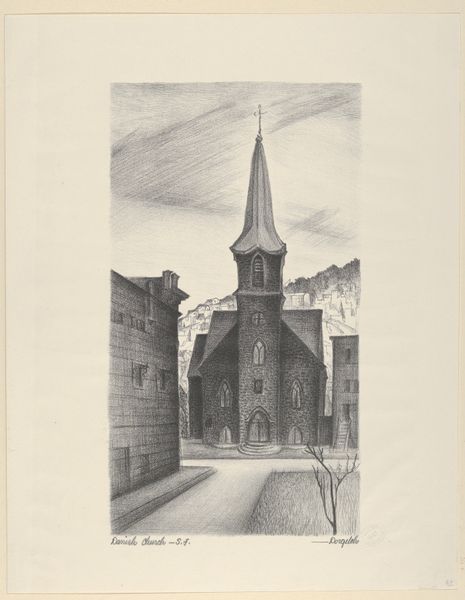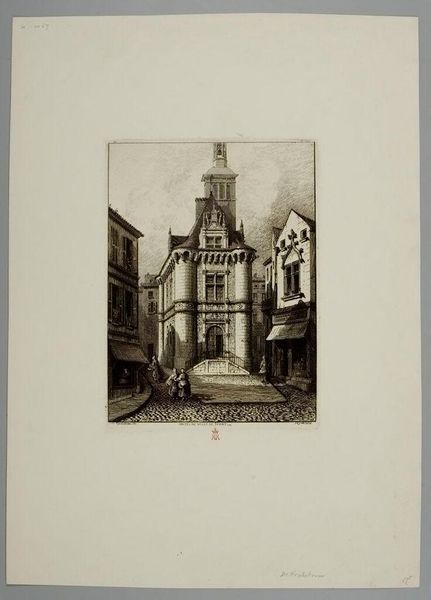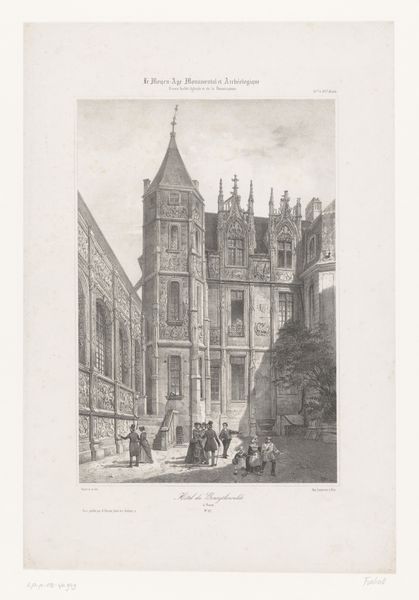
print, engraving
#
16_19th-century
# print
#
cityscape
#
engraving
#
realism
Dimensions: height 217 mm, width 145 mm
Copyright: Rijks Museum: Open Domain
Editor: This is "View of the Town Hall in The Hague" by Frederik Hendrik Weissenbruch, likely created between 1838 and 1887. It's an engraving, so a print. The level of detail achieved with such a seemingly simple material is remarkable. How do you read this piece? Curator: I see the implications of industrial reproduction. This print democratizes the image of the Town Hall. It’s no longer just for the elite but enters mass circulation through the print market, thus influencing consumption and perception of the city. Editor: That’s an interesting point! I hadn't considered the democratization of imagery. So, the value isn't necessarily in the uniqueness of the art object itself, but rather in its widespread accessibility? Curator: Exactly! Consider the labor involved, too. The engraver’s skill, the paper production, the printing process itself – it all speaks to the material conditions of art production and its role within a burgeoning consumer culture of the 19th century. How does the cityscape as a theme fit in this material context? Editor: Hmm… Well, I guess it shows the changing urban landscape being consumed as an image, another commodity circulated alongside others within the city itself? Curator: Precisely. Think about it. This image also depends on distribution networks that make images a circulating and consumable part of everyday life. So even in something seemingly simple, a cityscape becomes part of a wider discussion about art and commerce. Editor: That makes me appreciate the print much more, seeing it as a product deeply intertwined with its time. I learned something new, thank you. Curator: It has been my pleasure to analyze this print with you!
Comments
No comments
Be the first to comment and join the conversation on the ultimate creative platform.
